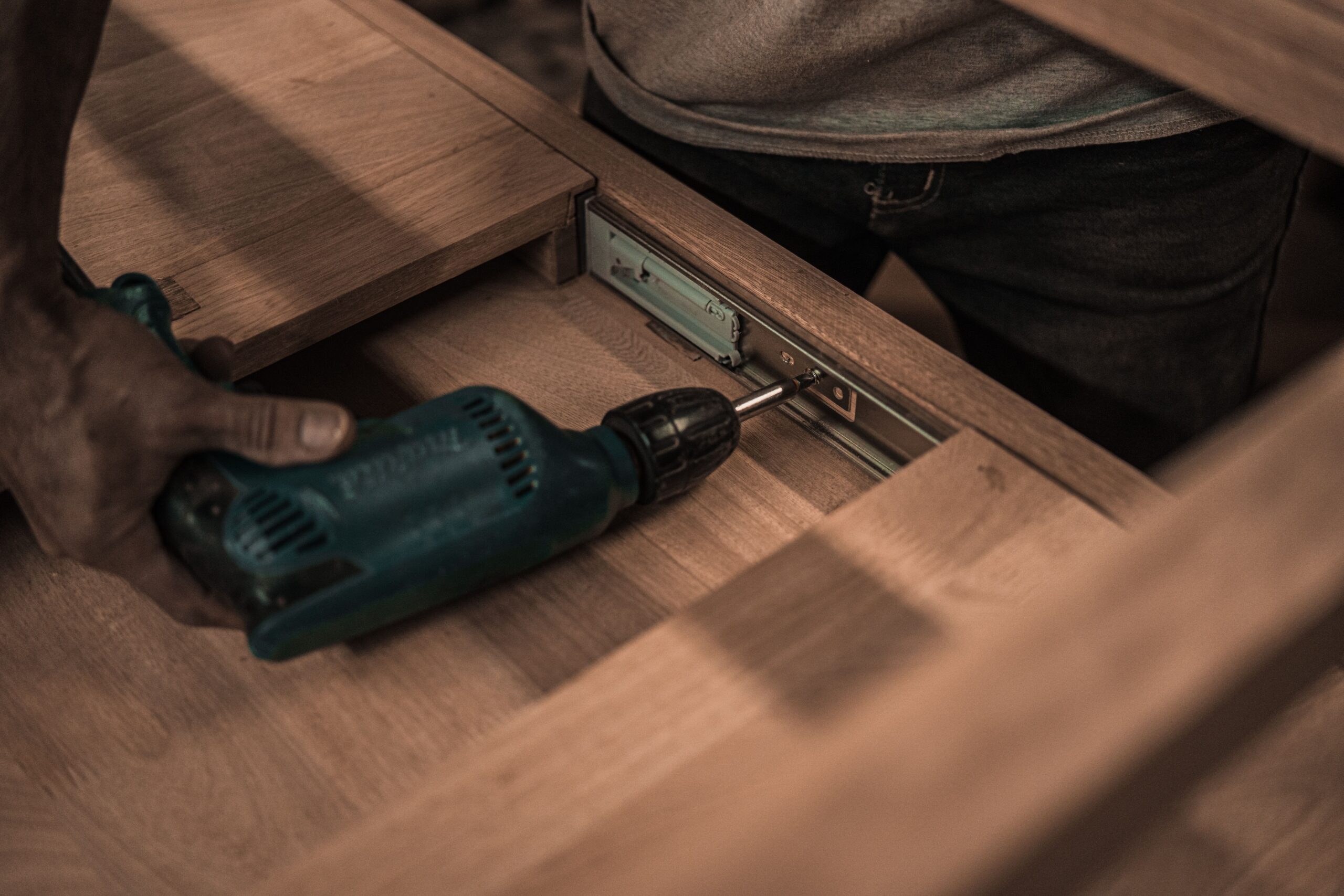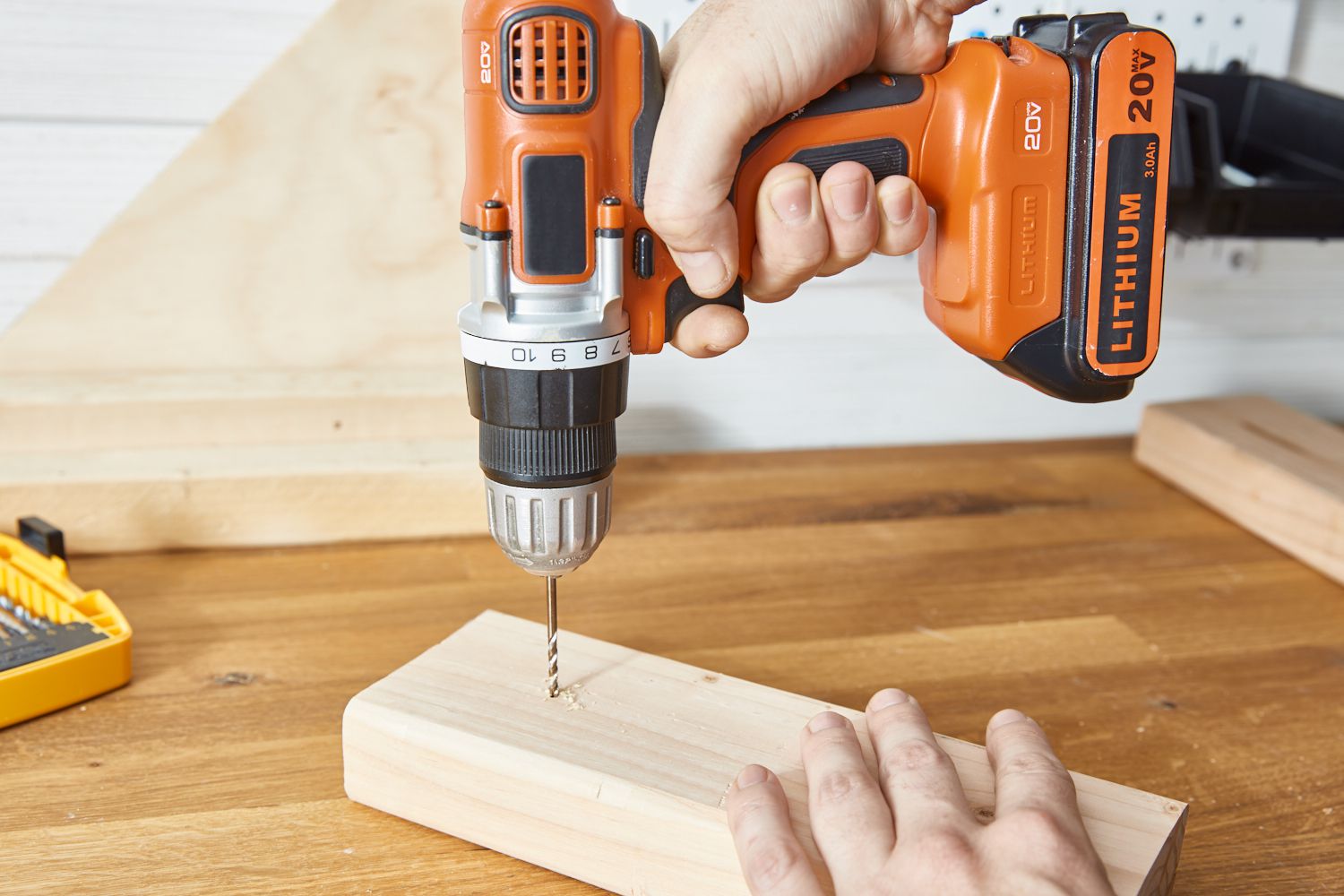Best Guide to Understand Self Drilling Screw (Updated – 2022)
A self drilling screw is a screw that cuts its own thread in whatever material it’s installed. They have a standard or flat head and are made of steel, zinc or stainless steel with a hollow pilot hole on top. This allows them to be used in places where there is not enough space for regular screws or when tapping into soft materials such as plywood, fiberglass and plastics.
On the other hand, Self Drilling Screws are designed with slots in the shank of the screw that allow it to be driven using a standard power drill. As you drive the screw, it creates its own hole, which can be useful when you want to create hidden or blind fasteners without leaving any telltale holes in your work piece.
Difference between self drilling screws and self tapping screws.

Difference between self drilling screw and self tapping screw
The difference between self drilling screws and self tapping screws is that self drilling screws have a drill bit on their tip. The threads are then cut into material by screwing it in place. Because there is no need for pilot holes, self drilling screws can be used when you do not have easy access to a drill or power tool, and they can cut their own threads into most materials like wood, sheet metal and plastic.
Self tapping screws, on the other hand, must have pilot holes drilled for them since they don’t have any drills or cutting tools on their tips. There is also a wider range of applications available for self drilling as compared to tap-in fasteners.
Both types of screws are designed for soft or brittle materials but since they can be driven with different methods, there are often applications where one type is better than another. However, it should be noted that even though their purpose may seem similar, most manufacturers of these products use different terminology when referring to them for marketing purposes and thus these words are often used interchangeably.
The confusion only grows when sellers refer to products as having threads self cutting which more accurately describes what happens during installation.
What kind of materials you can use with self-drilling screws ?
Most self-drilling screws can be used with soft metals such as aluminum, brass, and lead. They can also be used with hardwoods, plastics and soft metal sheets. For hard woods such as oak or maple use a pre-drilled pilot hole to prevent breakage. The wood shavings that result from drilling into hardwood is too coarse for good threading, so it’s recommended to use bits designed for drilling metals rather than wood when using a self-drilling screw in wood.
1. Use of Self Drilling Screws With Metals

The self drilling screw can be driven directly into a hole drilled in metal with little difficulty, because it drills its own thread as it is driven in. This is useful when joining pieces of wood or other non-metallic materials that cannot hold an internally threaded fastener well. Self drilling screws are also used to fix cars, airplanes and other machinery parts to their frames without requiring access from both sides of a joint.
Some vehicles even use self drilling screws in engine mounting brackets instead of traditional bolts, thus reducing assembly time by one step and allowing maintenance workers to replace components without tools through existing holes.
2. Use of Self Drilling Screws With woods

While self-drilling screws are used in a variety of places, including metal and wood, you will usually see them in woodworking projects. Their main purpose is to make installation easier, because you don’t need to pre-drill holes into something like a piece of lumber or plywood. As soon as your drill hits metal, it will stop and won’t go through. They’re also known as self-tapping screws because they create their own threads without any help from another tool.
On the Other Hand, Wood Screws have spiral threads that create a large amount of friction, allowing them to cut into softer materials and remain embedded. These screws are most useful for softwoods, plywood, or other non-hardened woods (in other words: not hardwoods).This type of screw has very low torque and will cause your drill bit to spin at a very high speed. Also called counter sinking screws, these have blunt tips meant to cut into wood without cracking it.
What are the Advantage of using with self-drilling screws ?
The benefits of using self-drilling screws far outweigh any of their negative characteristics. One of their main benefits is that they eliminate two steps from your construction project drilling a pilot hole and then driving in a screw or nail. You only need one drill bit, which saves time and money.
Plus, self-drilling screws are ideal for people who may not be as comfortable with power tools, since you don’t have to worry about pilot holes being lined up perfectly. If you’re using them outdoors on a jobsite (or even just on an overcast day), you can still make sure that they go in straight without having sunlight shining directly on them; they do tend to get dull if they hit too much resistance during installation.
Self-drilling screws come in a wide range of bespoke forms to suit the needs of the job in-hand, so when undertaking your next construction project consider the benefits of this type of screw:
- Reduced preparation – no need for pre-drillings or fixings
- Anti-corrosion – stainless steel and heat treated range available
- Self Tapping screws cut their own thread
- Reduced mess – no mess from pre-drilling
- Durability – weather resistant and numerous reapplications
- Improved efficiency – minimal preparation needed
- Consistent performance on a range of materials – see our extensive selection designed specifically for trade requirements
How do you use self-drilling screws?
First, drill a hole using a self-drilling screw. If you want it for hanging items that don’t need support, pre-drill a hole through both pieces of wood. Next, screw in your self-drilling screw and then tighten into place with an Allen wrench or similar tool. You can also use them for fastening wooden planks together without needing nails or other fasteners. In order to do so, drill your holes side by side and stagger them so they won’t hit each other when you turn them to attach them together.
Therefore, Self-drilling screws are great for applications where you need a screw that drills its own hole. The threads in self-drilling screws allow them to create their own pilot hole so you don’t have to worry about pre-drilling or struggling with holes that are too small. Their ability to drill their own hole means they’re great for materials like metal, plastic, and even certain types of wood. They can also be used as security screws because they’re not very visible after installation; their color matches whatever you’re working with and they don’t protrude above your surface.
where to buy self drilling screws ?
Self drilling screws can be found at your local hardware store or they can be purchased online as well. It all depends on where you live and what kind of self drilling screws you want. The advantage of purchasing them online is that you can get a bigger variety of different types of self drilling screws for whatever project it is that you’re working on.


